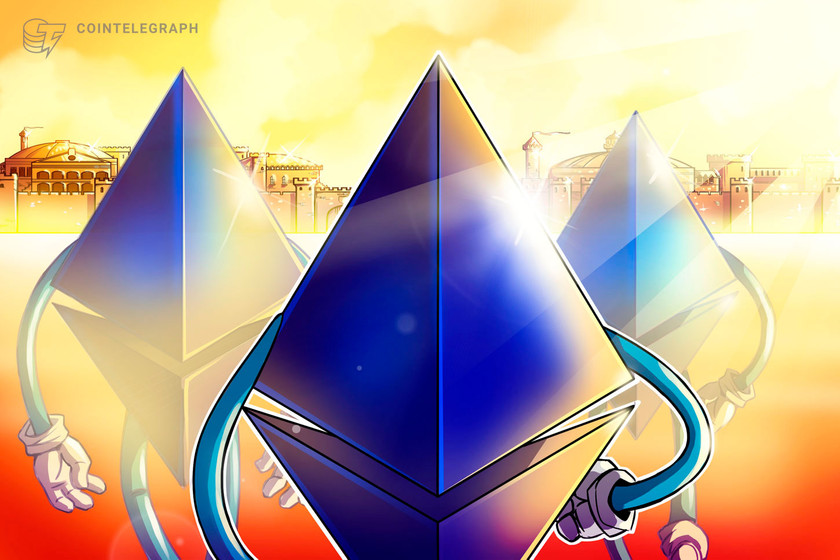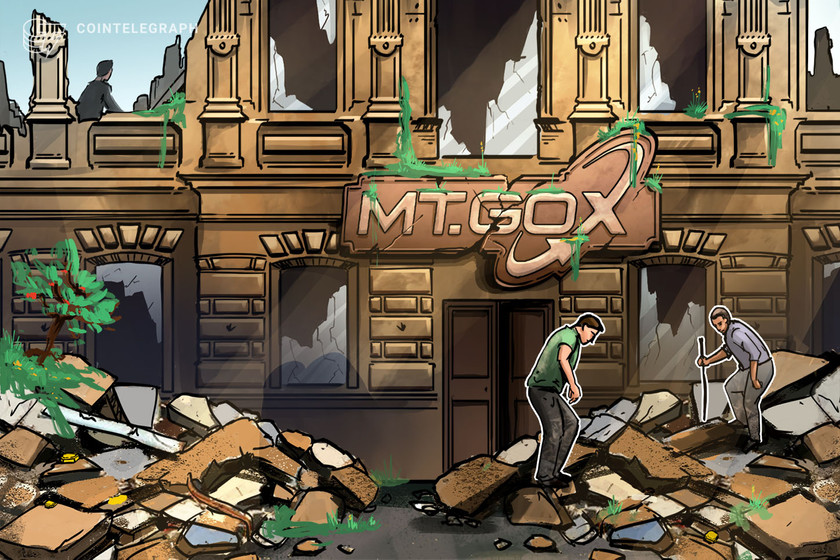Cosmos and Blockstack hackathons offer glimpse into DeFi’s future
A pair of hackathons from two fast-rising blockchain projects augur more composability, interoperability, and tooling for DeFi
923 Total views
14 Total shares

On Friday, blockchain projects Cosmos and Blockstack both announced winners of their respective HackAtom V and HackDeFi hackathons, each offering a glimpse into the coming wave of DeFi development — a vision including marked advances in tooling, interoperability, and composability.
While the overwhelming majority of decentralized finance (DeFi) development remains concentrated on Ethereum, where over $16 billion in digital assets are currently locked by various DeFi Protocols, Cosmos and STX are currently the #25 and #59 ranked projects by marketcap and look to be fast risers eager to take a slice of Ethereum’s DeFi pie.
On the Cosmos side, the interoperability and scalability focused blockchain awarded HackAtom V prizes to competitors offering cross-chain staking, as well as a timelocked “clawback account.”
Awarded to Tomas Tauber, who is one of the engineers working on Crypto.com’s forthcoming blockchain, the Clawback Account is a smartcontract-linked pair of accounts that offers a secondary access to funds for a certain period of time. Possible use cases for the linked accounts include cryptocurrency exchange wallet management, as well as programmed “cashback” and other digital asset reward programs.
Another promising DeFi submission is Osmosis, which pitched itself as “Balancer meets Interchain Staking.” An automated market maker similar to Balancer, the key feature for Osmosis is its “custom staking token design tool,” one which allows users to create tokens than can be staked on multiple chains — potentially offering developers access to liquidity across multiple ecosystems.
For Blockstack, a project aiming to bring Bitcoin as collateral to decentralized application (Dapp) development, the first-place prizewinner was DualX, a project that allows users to preprogram certain trading logic into normally locked staking funds.
DualX pitches itself as a new kind of exchange that “provides the opportunity for an investor‘s capital (denominated in BTC) to earn a yield on their funds while passively waiting to buy an investment asset (say STX).” The BTC depositor would earn yield until STX reached a certain price, whereupon the depositor would have the option of purchasing the STX.
These possible innovations come during an especially promising time for DeFi’s growth. While the figure is disputed, some analysts have claimed that DeFi has passed 1 million users, and there has been a boom in products that might help stabilize the space.









